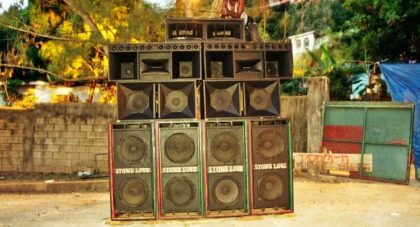(…the latest entry of ‘blanks and postage’—author jesse jarnow’s irregular column for aquarium drunkard highlighting the fringe and beyond.)
Sanjay Mishra’s colleague
warned him about the corporate spies and that he should be careful. The call
for an appointment had come from Washington, DC’s Four Seasons hotel, and only
corporate spies stayed there. It had to be somebody from DuPont, maybe Exxon.
“We’re sending them to you, can you deal with it . . .
Only the good shit. Aquarium Drunkard is powered by its patrons. Keep the servers humming and help us continue doing it by pledging your support.
To continue reading, become a member or log in.


